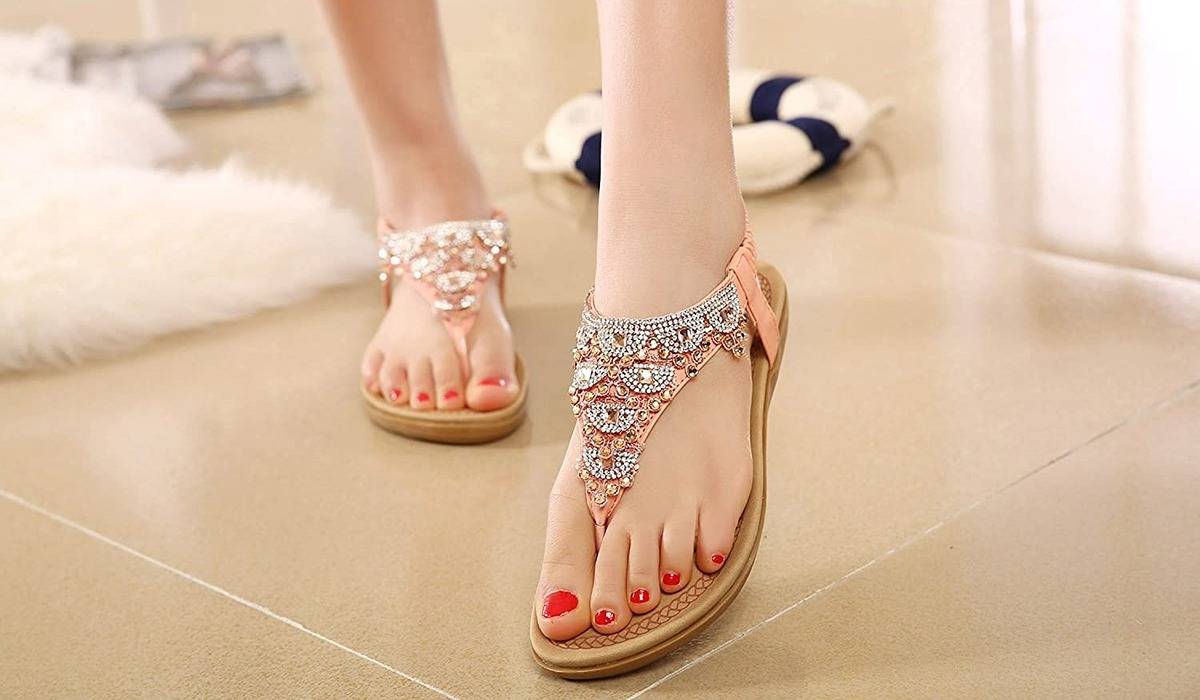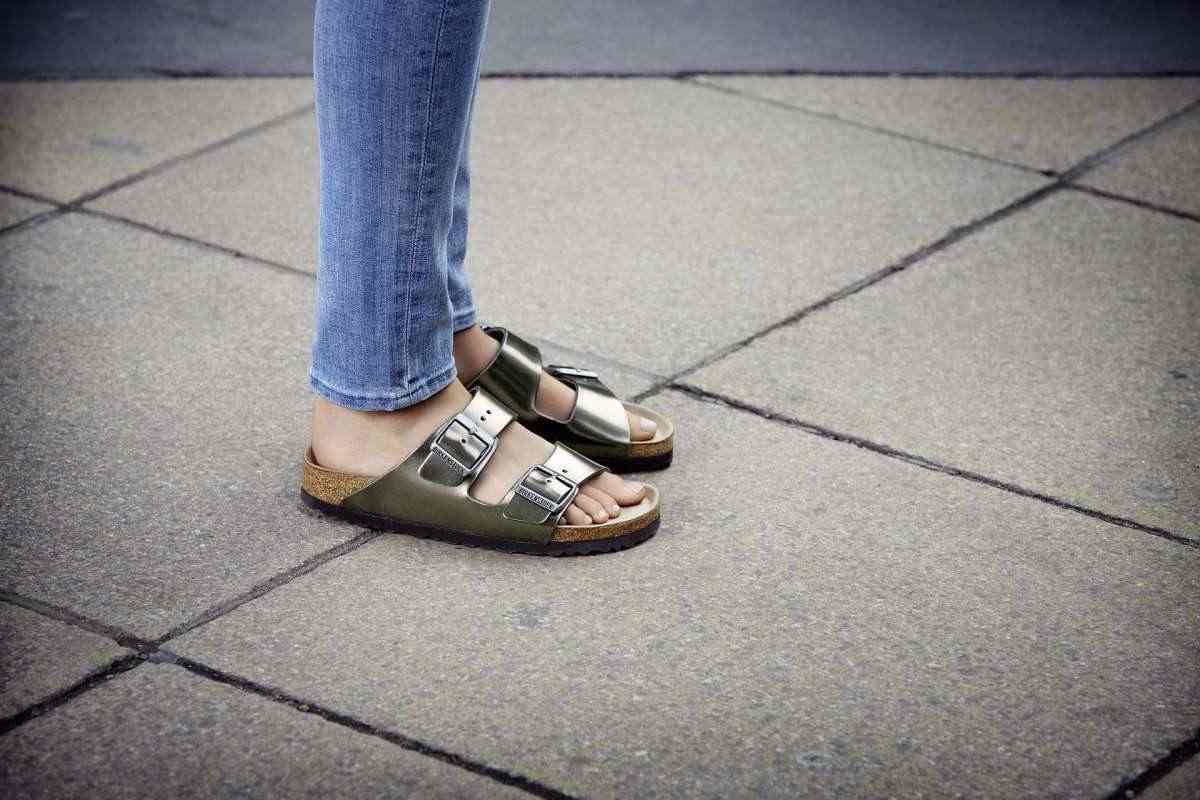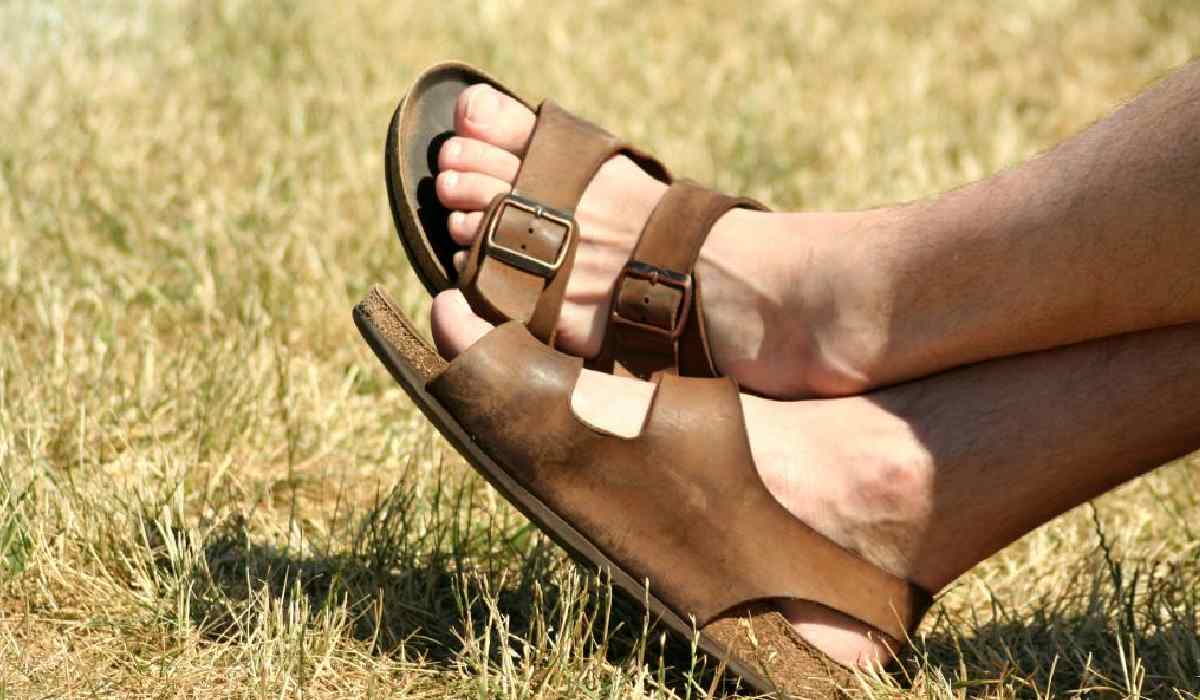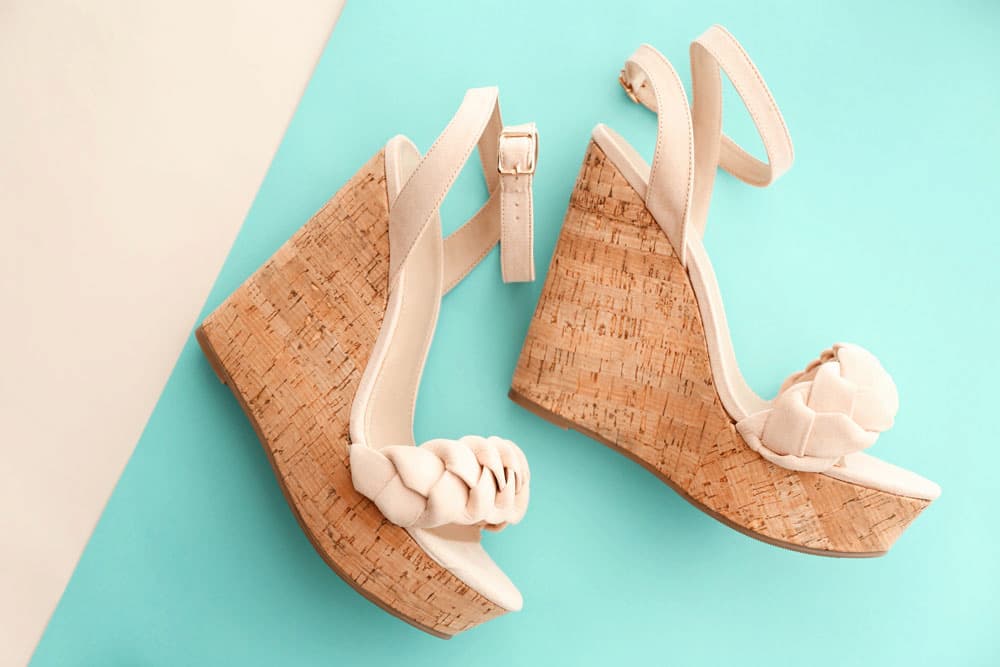It’s common practice for a woman shopping for jelly sandals to do some research and review online before making a purchase. The Rubi design is one of the best and most attractive designs ever created.
Well, here are some things that most people don’t know about rubi sandals. Dorothy Gale, portrayed by Judy Garland in the 1939 MGM musical The Wizard of Oz, wears a pair of magical shoes called the ruby slippers. It’s no surprise that Dorothy’s ruby shoes would fetch a high price as a piece of movie memorabilia.
The precise number of pairs produced for the movie is unclear. There are five pairs that are still around; one pair was taken from a museum in 2005 but later found.
Dorothy wears a pair of silver shoes in the book The Wonderful Wizard of Oz by L. Frank Baum, upon which the film is based.
But to take advantage of the new Technicolor film technique utilized in lavish Hollywood productions of the time, the shoes were recast as a bright red.
Noel Langley, a screenwriter, is credited with coming up with the concept. Dorothy Gale (Judy Garland) is a farm girl in Kansas who, together with her dog Toto, is carried away by a tornado and transported to the enchanted Land of Oz in the 1939 MGM film of the same name.
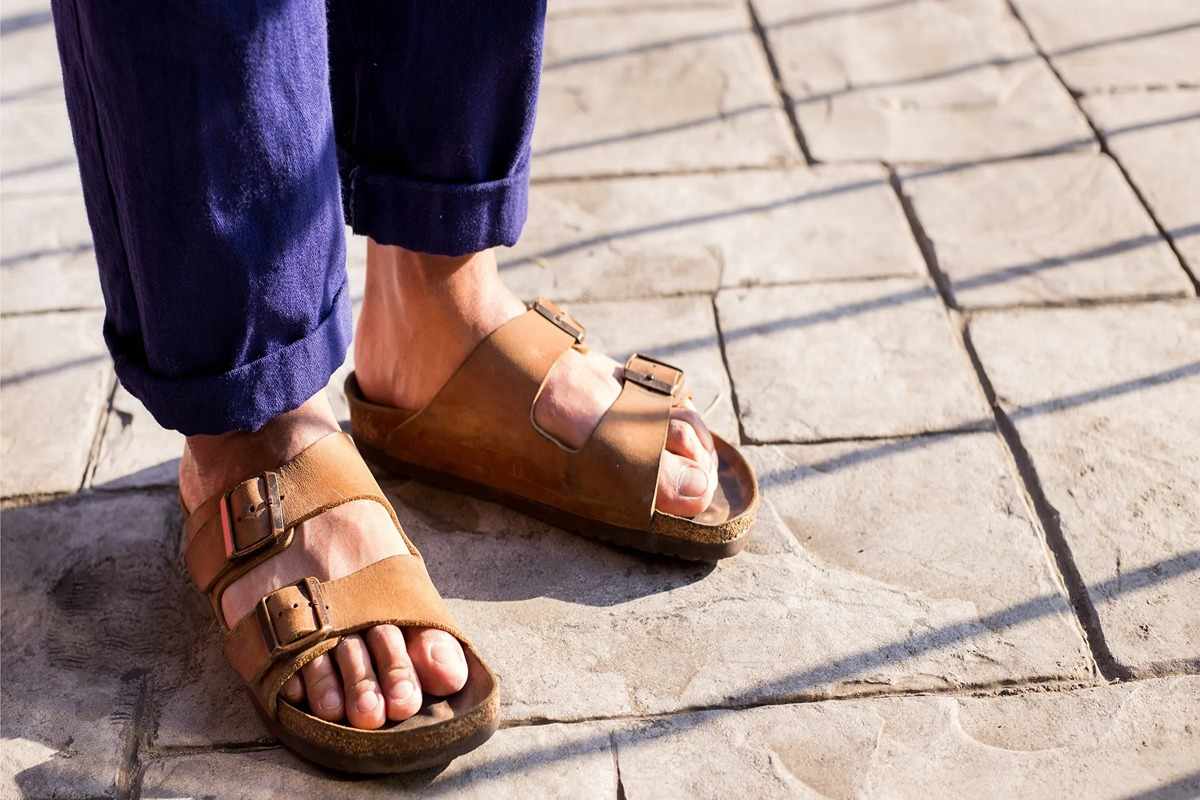
The Munchkins are saved from the evil Wicked Witch of the East as her home collapses on her. The Good Witch of the North, Glinda, floats in on a magic bubble and points out to Dorothy the two feet of the deceased lady that are sticking out from beneath the house, where the ruby slippers are.
Glinda magically transfers her deceased sister’s shoes to Dorothy’s feet when the Wicked Witch of the West arrives to collect them.
Glinda instructs Dorothy to keep the slippers on at all times, reasoning that the Wicked Witch clearly sees some kind of power in them.
The Wicked Witch plots throughout the remainder of the film to steal the shoes. She attempts to steal the ruby shoes when she grabs Dorothy, but she gets a terrible shock instead.
The Wicked Witch then plans to murder Dorothy since she knows the only way to remove the shoes is if the wearer is dead.
However, before she can do so, Dorothy sprays her with a pail of water, forcing her to disappear. There’s no place like home, Dorothy learns in the end, and all she has to do to go back there is close her eyes, click her heels together three times, and say it aloud.
Gilbert Adrian, MGM’s head costume designer, created the slippers. Two pairs, each with a unique design, were produced first.

The alleged “The “Arabian Test Pair” had a dazzling Arabian design on the soles, complete with curled toes and heels.
These shoes were used during costume trials, but they were ultimately deemed inappropriate for Dorothy because of her Kansas farmgirl persona. Modifications were made to the second design and it was given the green light.
After finding that the red bugle beads meant to represent rubies were excessively heavy, around 2,300 sequins were added to each shoe in their stead.
Six or seven pairs of the final design are thought to have been produced at most. We had like five or ten pairs of those shoes,” said producer Mervyn LeRoy. The film’s costume coordinator said that “six identical pairs” were produced.
There were a total of four sets utilized in the film, and we’ve located both of them. Rhys Thomas believes that Joe Napoli of the Western Costume Company probably created them, but probably not all at once but rather as the need arose.
Garland asked for one pair to be made a half size bigger since her feet might swell a little in the afternoon after the long day of rehearsals and shooting in the morning. Article by Rhys Thomas from the Los Angeles Times claims “The widths of the ruby slippers range from B to D, and their sizes are all between 5 and 6.
The Innes Shoe Company of Los Angeles supplied the white silk for all four pairs that are still around today. White silk shoes were widely utilized in the film industry at the time since they were cheap and simple to color.
Female characters’ shoes in The Wizard of Oz were probably basic Innes shoes of varied heel heights, coloured to fit their costumes.
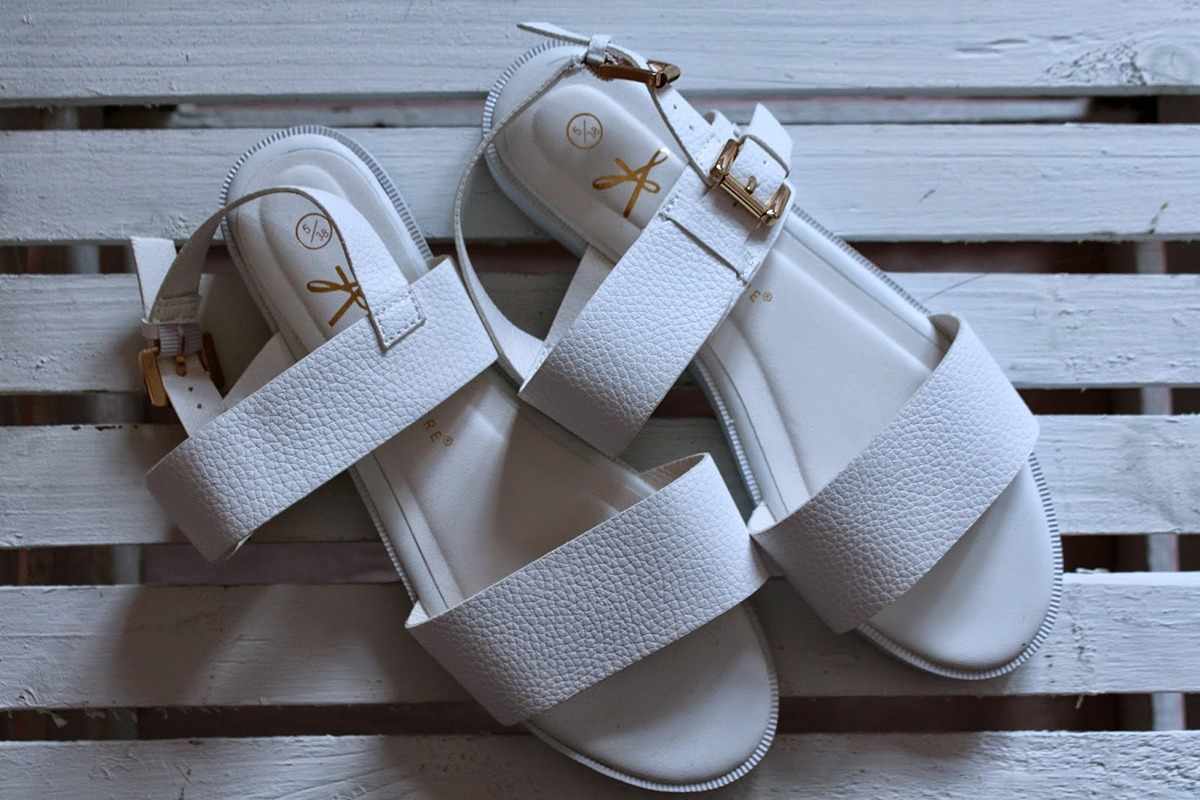
Inside the right shoe, you’ll find either an embossed gold or silver stamp or an embroidered fabric label with the brand name.
The shoes were colored red, and then burgundy sequined organza overlays were stitched onto the top and heel of each shoe to make the ruby slippers. Due to the film’s use of the early three-strip Technicolor process, brilliant red sequins would have shown orange on screen and so had to be toned down.
rubi sandals review
When MGM finished filming The Wizard of Oz in 1939, they stored the Rubi Slippers and other costumes and props for the film in Los Angeles.
There is no record of the shoes to review or previous storage circumstances, but it’s doubtful they were kept in a temperature- and humidity-controlled setting on a regular basis.
The shoes have been kept in a climate- and light-controlled environment while on exhibit at the museum. After being on display for almost another 40 years on top of its unknown 40-year history, the object obviously shows signs of considerable degradation.
Discolored and lackluster sequins, fissures in the red coating, and faded dyed netting are all obvious signs of wear. Depending on the circumstances and the level of use, the composite materials in the shoes may have varying reactions.
In order to develop a long-term conservation plan, it was necessary to get insight into the kind of materials used, the shoes’ construction, and their current state.

To further enlighten and enhance the curatorial research, public programs, and media activities at NMAH, the materials characterization phase is also seen as a wonderful chance to learn about the initial production and subsequent history of the Ruby Slippers.
The Ruby Slippers are really two shoes from distinct pairs, as the NMAH staff noticed before we began our research. The shoes vary in height of the neck, manufacturing markings on the inside, and form of quarter linings.
It’s possible that the p.r shoe was fixed at a later date by swapping out the red stones with colorless ones that had been painted red.
Since the Ruby Slippers were likely put through a lot of wear and tear during shooting, mechanical wear and tear are to be expected.
Conservators learn more about the shoes’ history and their use as costume accessories thanks to records of their subsequent alterations.
